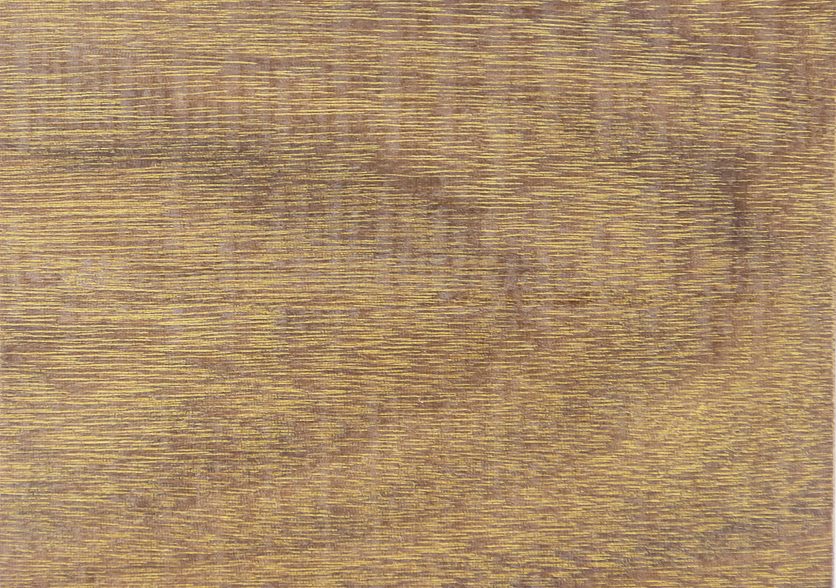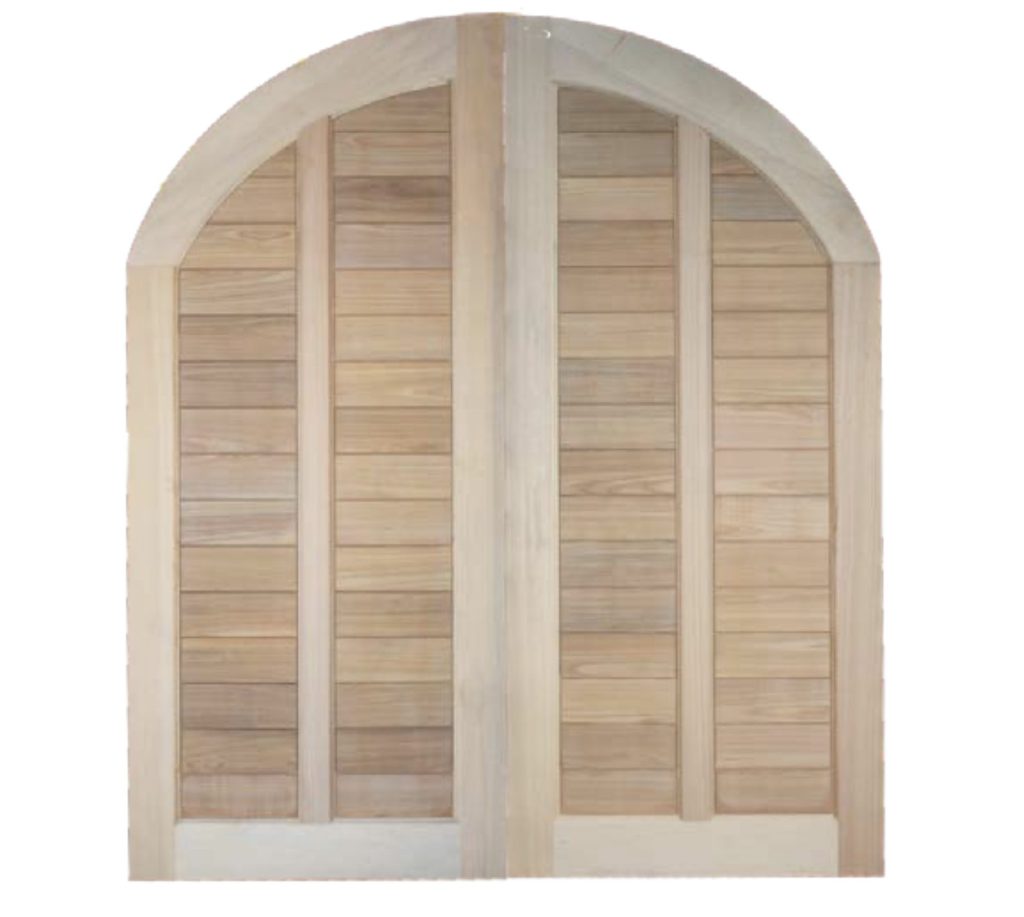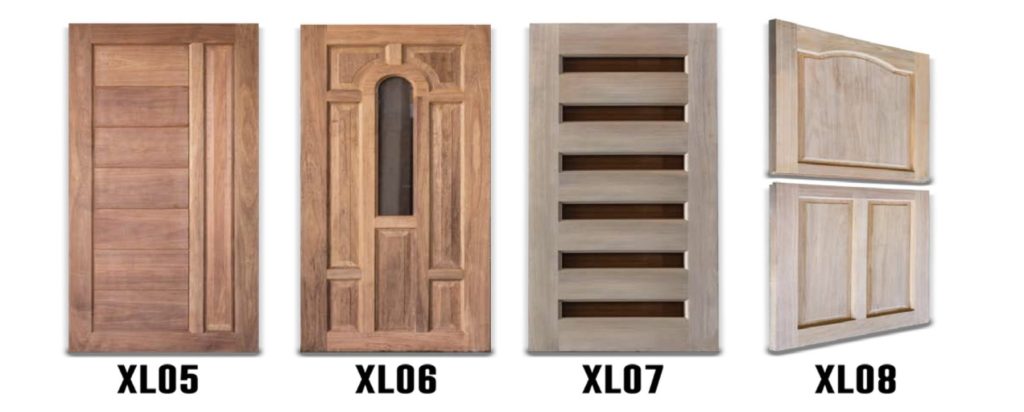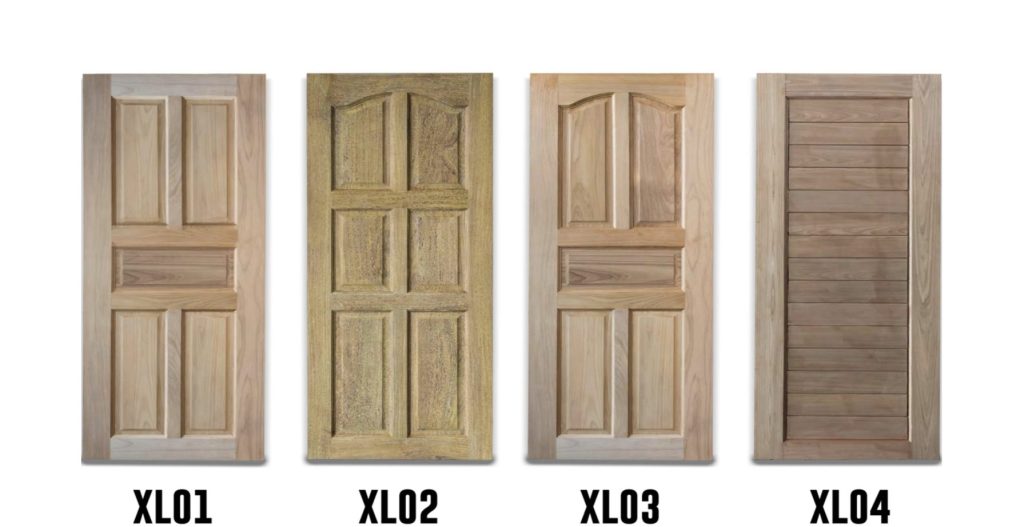Welcome to
21 SAWMILL GROUP
Our goal is to be sustainable, value adding and the most reliable partner for the source of lumber in the Americas.
AN INTRODUCTION TO THE SURINAMESE TROPICAL FOREST
Suriname is a stable democracy situated between French Guiana to the east and Guyana to the west. The southern border is shared with Brazil and the northern border is the Atlantic coast. Suriname is the smallest sovereign state in terms of area and population in South America. Suriname’s geographical size is around 163,800 km² and it has an estimated population of about 534,500 people. The country can be divided into two main geographic regions. The northern, lowland coastal area has been cultivated, and most of the population lives here. The southern part consists of tropical rainforest and sparsely inhabited savanna along the border with Brazil, covering about 80% of Suriname’s land surface.
Approximately 90% of Suriname’s total land area is classified as forest land (14.8 million ha). The vegetation of Suriname has been categorized into three main types: hydrophytic forest (1.3 million ha), xerophytic forest (150,000 ha) and mesophotic forest (13.4 million ha). Commercially the mesophotic forest is seen as the most valuable vegetation. The logging activities take place in the forest belt (ca. 4.5 million ha with a productive area of 2.5 million ha) of which at present slightly over 200,000 ha is managed under the FSC SFM certificate (FSC: June 2013). This belt is delineated as the northern and easily accessible part of the country. Several inventories, covering a total area of 683,700ha, have been carried out by the National Forest Service (LBB) and the FAO in the period 1949 till 1986. As an outcome of these inventories an average net commercial volume of 22 to 30 m3/ha has been found.
Surinamese forests contain hundreds of tree species. Of these only a small percentage is utilized for timber, at the risk of over-exploitation and thus jeopardizing sound recovery of these forest stands.
Because of this, these forest stands have reduced economic value, value that would otherwise justify the overcoming of difficulties related to sustainable forest management and certification, both connected to high management costs in an environment where not all concessions are active. Based on a first estimate, the National Forest Policy (2003) assumes a potentially annual sustainable cut of 1.0 – 1.5 million m3 based on a cutting cycle of 25 years and a logging intensity of 10 to 15m3 and if a steady expansion of the package of currently lesser-known species is realized.
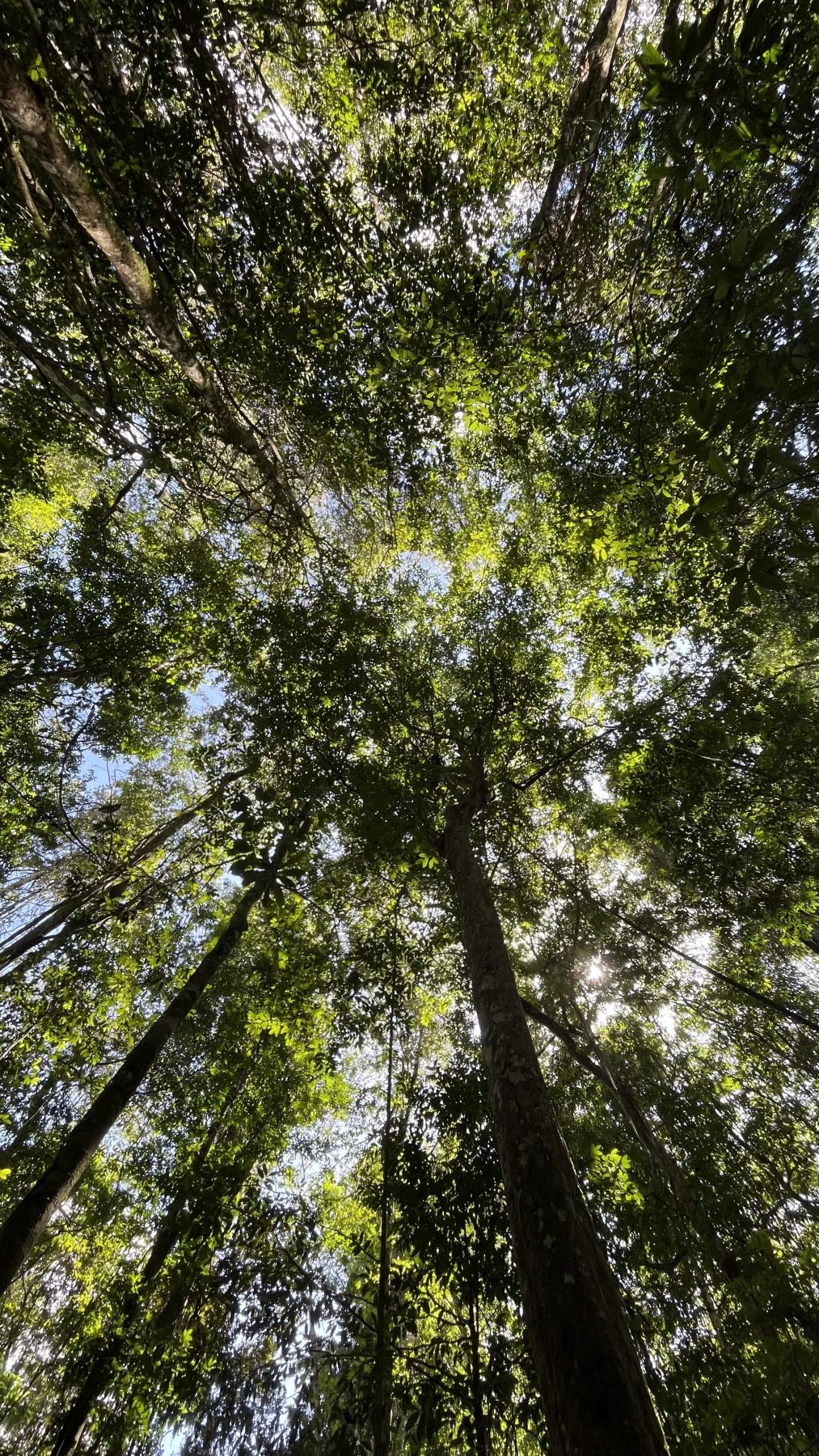
INTRODUCTION TO WOOD SPECIES
For the tropics, the wood species of value classes I and II are suitable for heavy constructions which are in constant contact with the moist soils and or exposed in all weathers. Grades of value class III for the same purposes but shelter and not in contact with moist soil. Those of class IV are suitable for light construction work, while the types of wood of class V are not eligible for permanent work. Wood is not a homogeneous substance; it comes from a living organism. Now, when the tree is felled, INTRODUCTION TO WOOD SPECIES there are large amounts of water in the trunk, which must gradually evaporate from the wood. Any wood requires careful and gradual drying out, in the pipeline under the roof or artificially, which reduces pulls and cracks and, after selection, produces a significantly better product that is much more resistant than non-dried wood. In addition, a significant decrease in weight is obtained, which is mainly for exports matters.
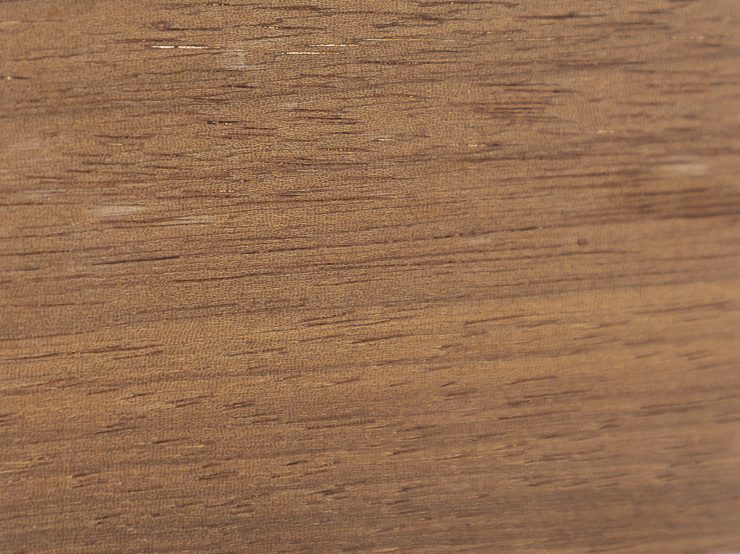
Basra locus
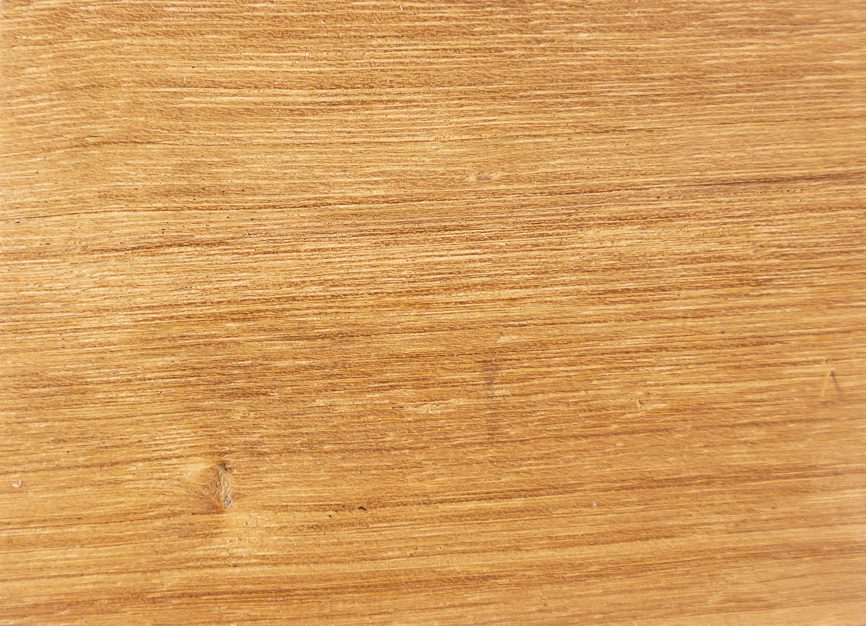
Berg Gronfolo
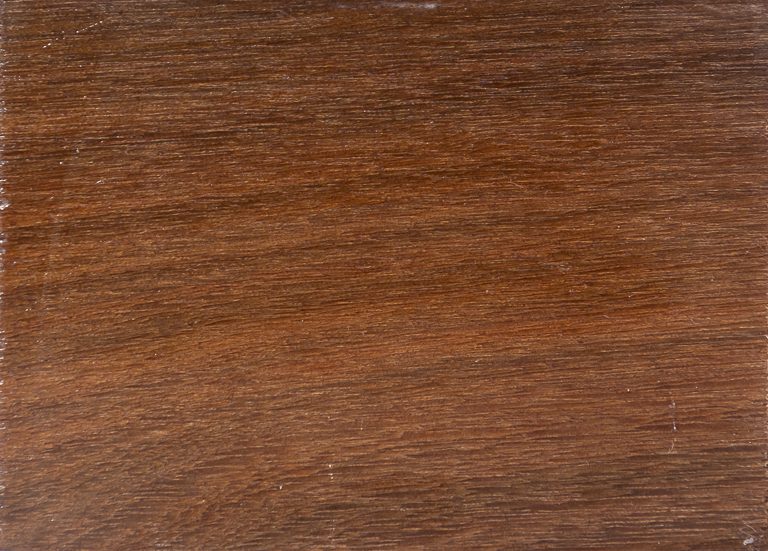
Bolletrie
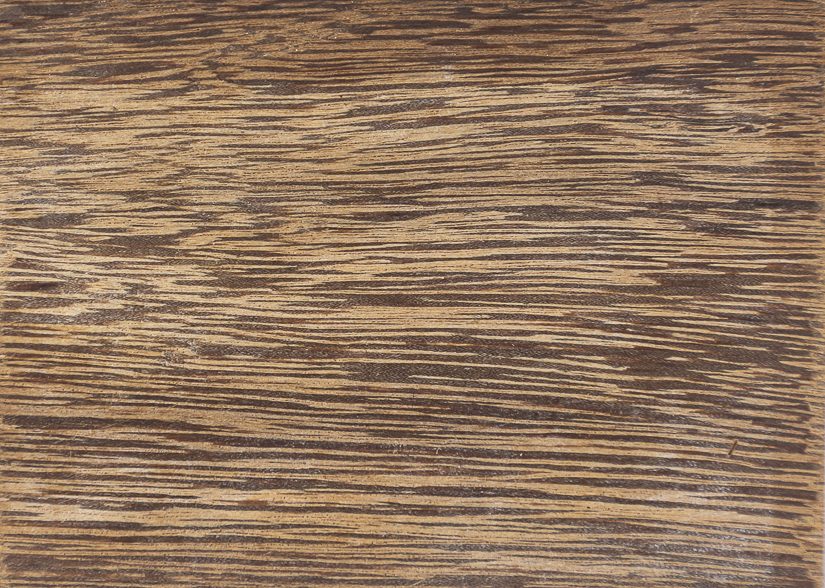
Brownheart
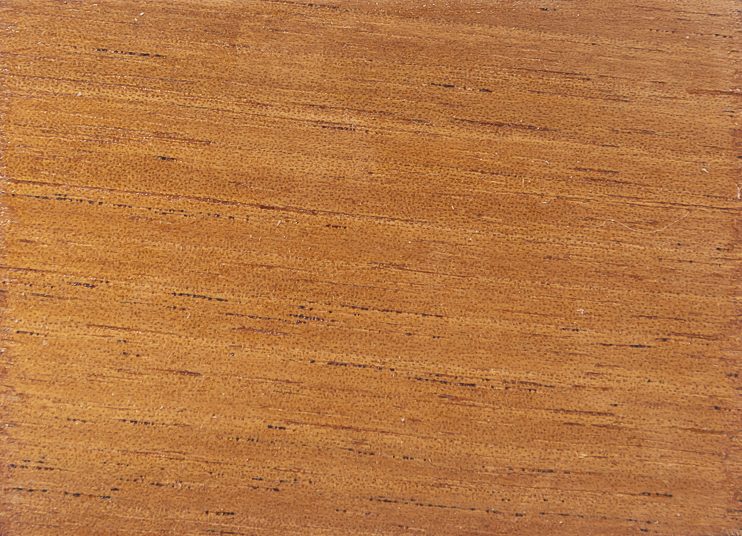
Cedar
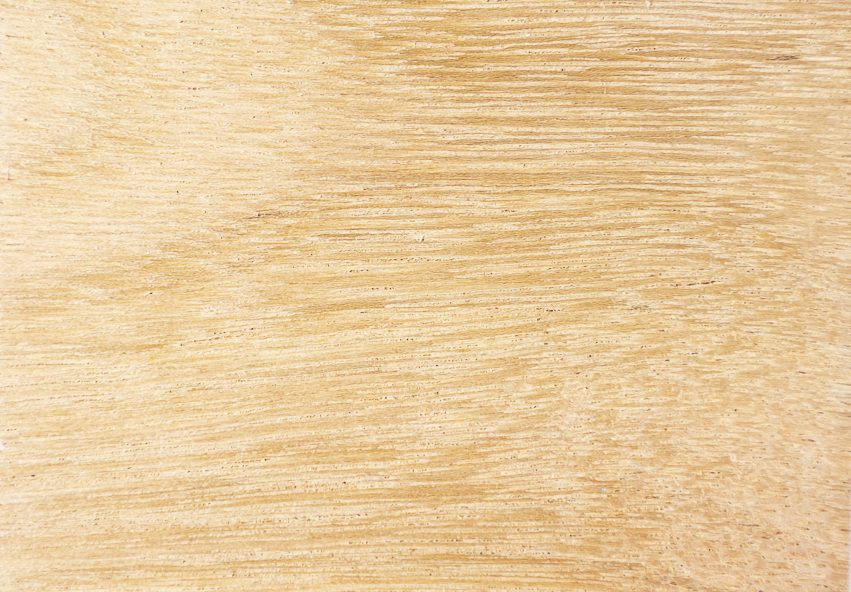
Hoogland
Gronfolo

Ingipipa
(Tauari)
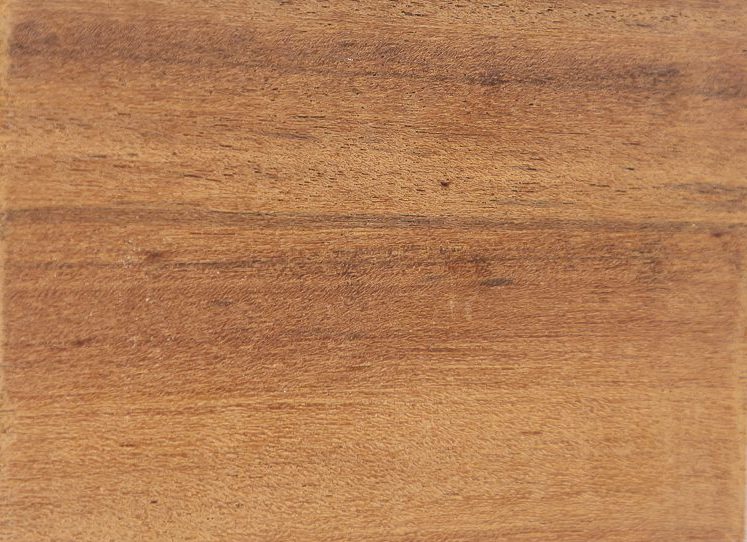
Kopi
(Cupiuba)
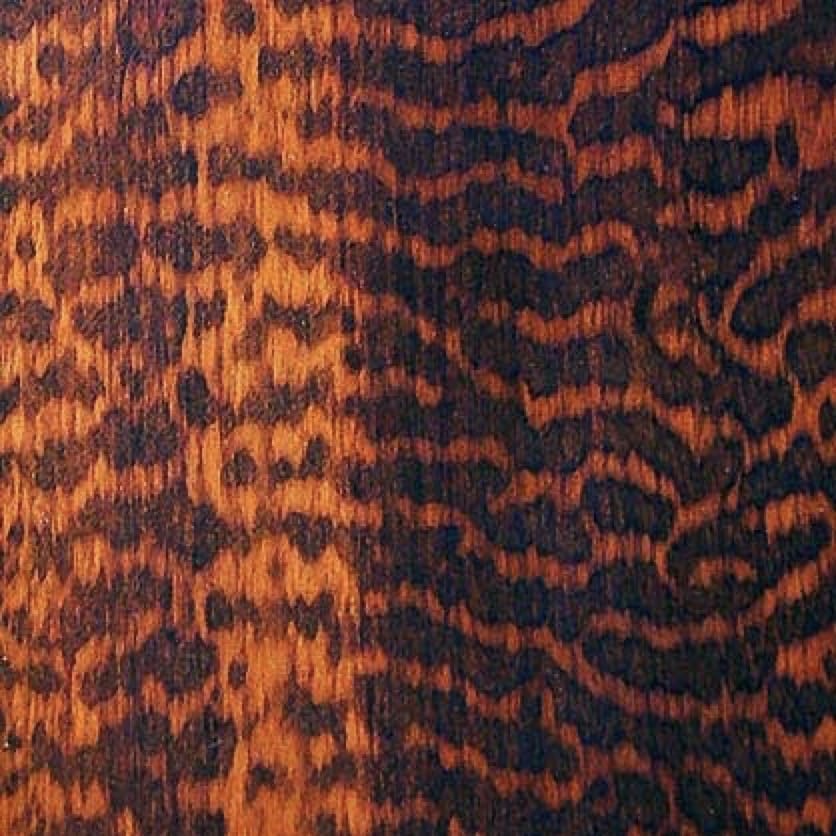
Letter wood
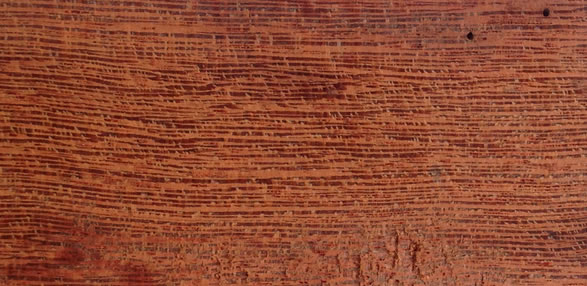
Locus (red)
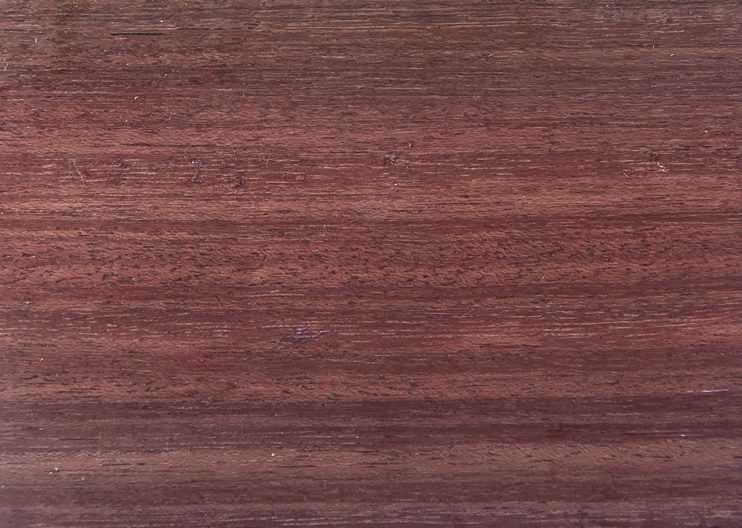
Purpleheart
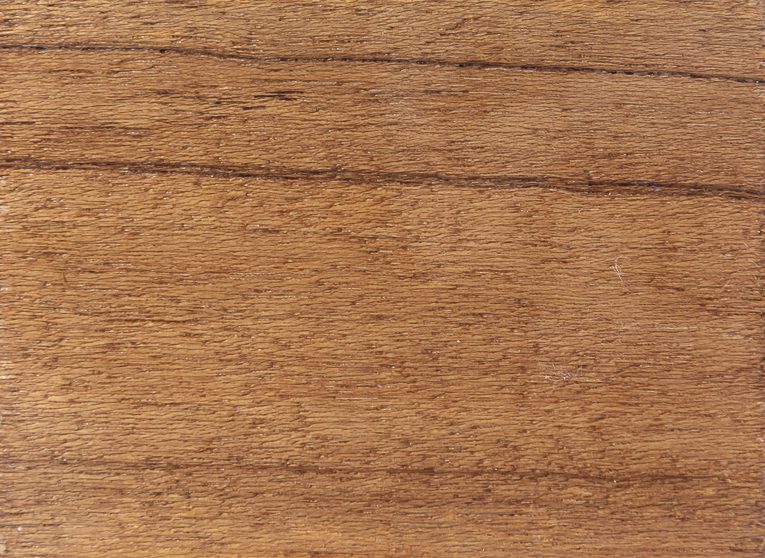
Quarie types

Red kabbes
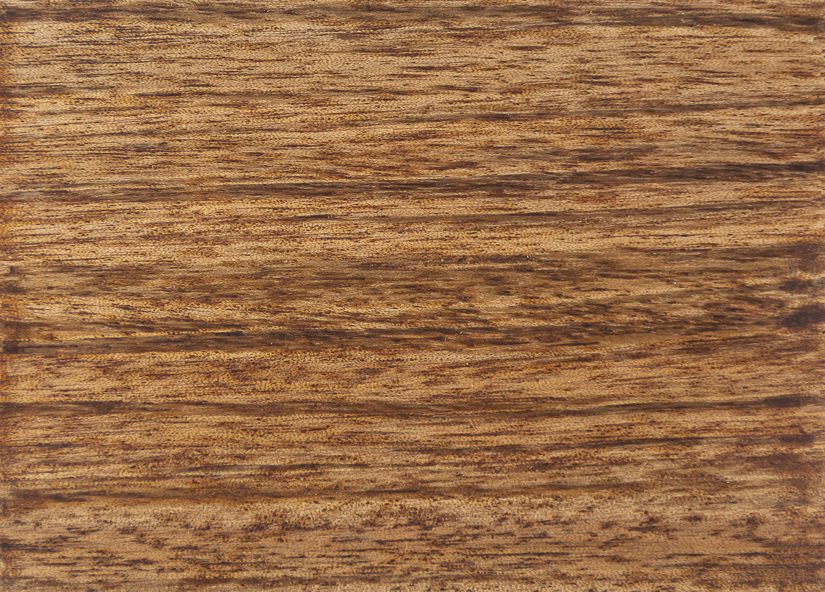
Snakewood
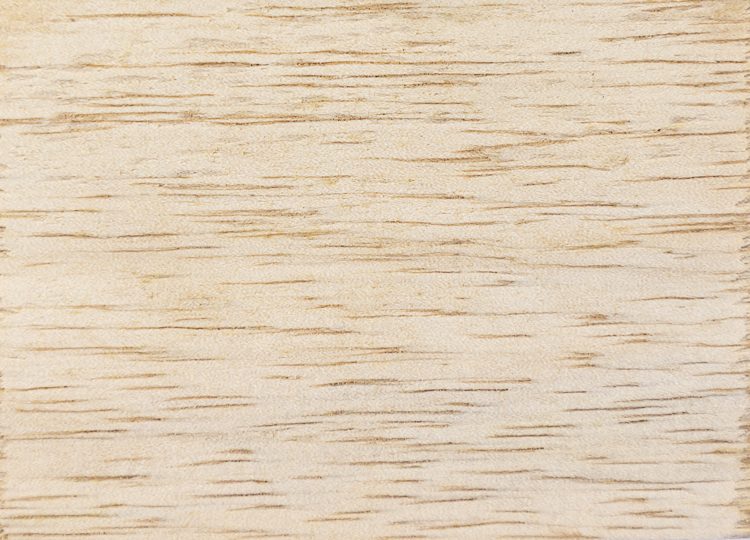
Soemaroeba
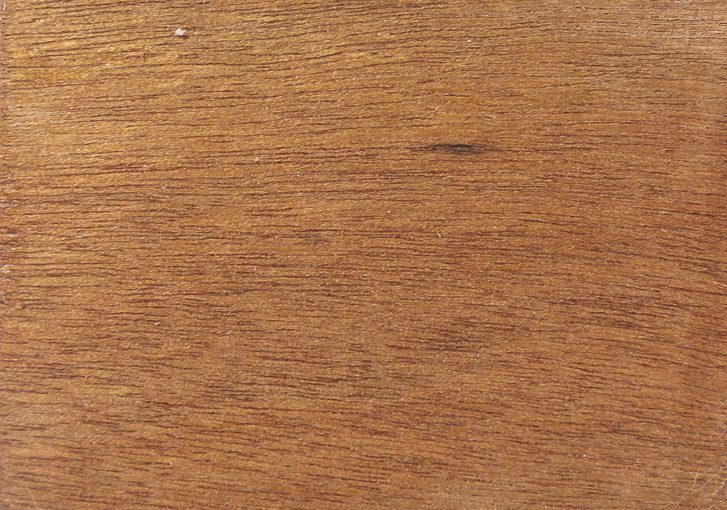
Wanna
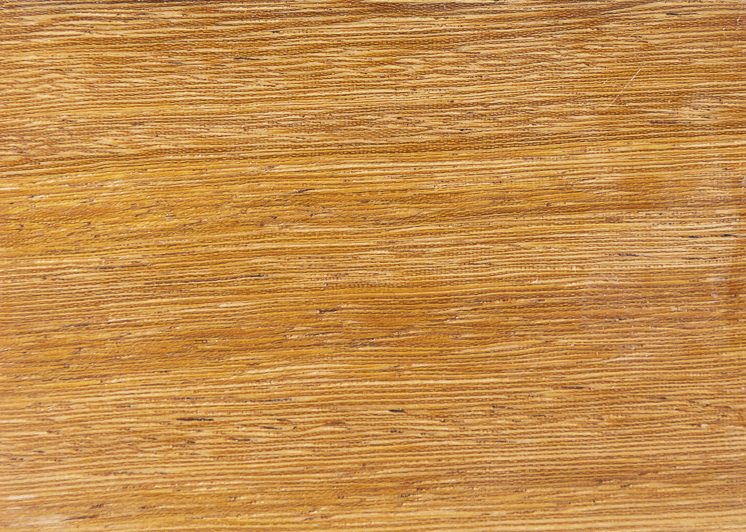
Yellow Kabbes
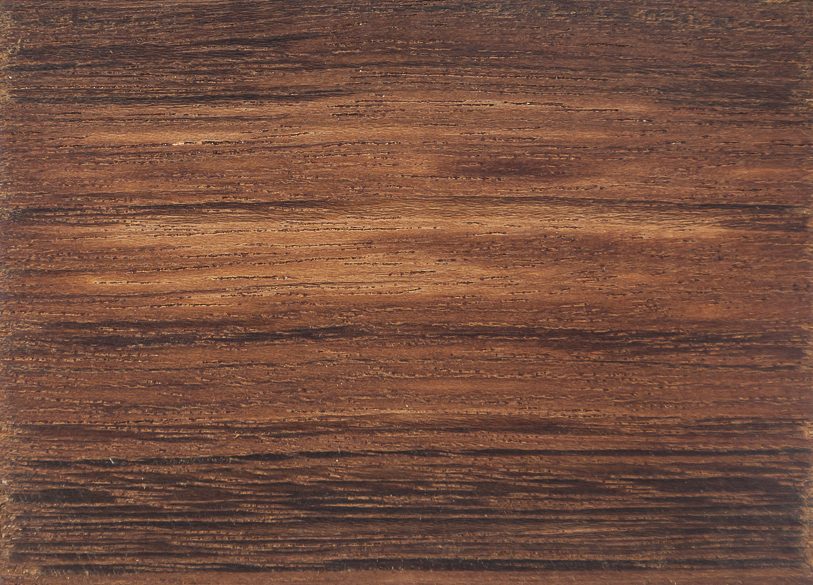
Walaba

Maka Kabbes
